Mercedes EQS SUV vs Tesla Model S - Differences and prices compared
Costs and Efficiency:
When it comes to price and running costs, the biggest differences usually appear. This is often where you see which car fits your budget better in the long run.
Tesla Model S has a slight advantage in terms of price – it starts at 94300 £, while the Mercedes EQS SUV costs 95000 £. That’s a price difference of around 695 £.
In terms of energy consumption, the advantage goes to the Tesla Model S: with 16.80 kWh per 100 km, it’s slightly more efficient than the Mercedes EQS SUV with 19.60 kWh. That’s a difference of about 2.80 kWh.
As for range, the Tesla Model S performs barely noticeable better – achieving up to 744 km, about 49 km more than the Mercedes EQS SUV.
Engine and Performance:
Under the bonnet, it becomes clear which model is tuned for sportiness and which one takes the lead when you hit the accelerator.
When it comes to engine power, the Tesla Model S has a evident edge – offering 1020 HP compared to 658 HP. That’s roughly 362 HP more horsepower.
In acceleration from 0 to 100 km/h, the Tesla Model S is clearly quicker – completing the sprint in 2.10 s, while the Mercedes EQS SUV takes 4.40 s. That’s about 2.30 s faster.
In terms of top speed, the Tesla Model S performs clearly perceptible better – reaching 322 km/h, while the Mercedes EQS SUV tops out at 210 km/h. The difference is around 112 km/h.
Space and Everyday Use:
Whether family car or daily driver – which one offers more room, flexibility and comfort?
Seats: offers more seating capacity – vs .
In curb weight, Tesla Model S is noticeable lighter – 2092 kg compared to 2695 kg. The difference is around 603 kg.
In terms of boot space, the Tesla Model S offers somewhat more room – 799 L compared to 645 L. That’s a difference of about 154 L.
In maximum load capacity, the Mercedes EQS SUV performs slightly better – up to 2100 L, which is about 272 L more than the Tesla Model S.
When it comes to payload, Mercedes EQS SUV distinct takes the win – 570 kg compared to 442 kg. That’s a difference of about 128 kg.
Who comes out on top?
Overall, the Tesla Model S shows itself to be wins the duel decisively and secures the title of DriveDuel Champion.
It convinces with the more balanced overall package and proves to be the more versatile choice for everyday use.
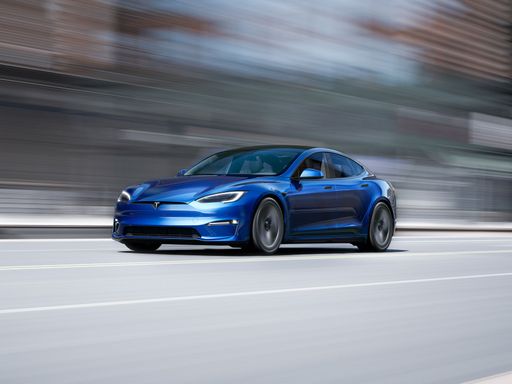 @ Tesla, Inc.
@ Tesla, Inc.
Tesla Model S
Costs and Consumption
View detailed analysis
Engine and Performance
View detailed analysis
Dimensions and Body
View detailed analysis
Mercedes EQS SUV
The Mercedes EQS SUV blends limousine-level quiet and luxury with the commanding presence of an SUV, wrapping passengers in sumptuous materials and a futuristic, screen-dominated cabin. It drives with serene confidence and delivers the kind of effortless refinement that makes city commutes and long trips feel like first-class experiences — just be prepared for attention wherever you park it.
details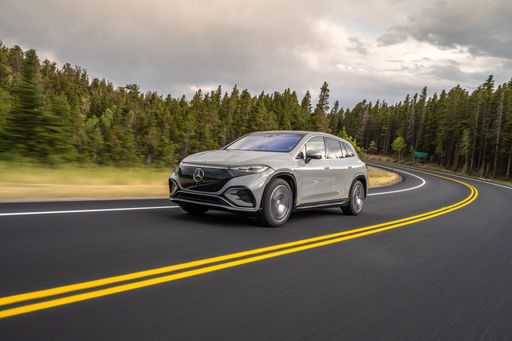 @ Mercedes-Benz Group Media
@ Mercedes-Benz Group Media
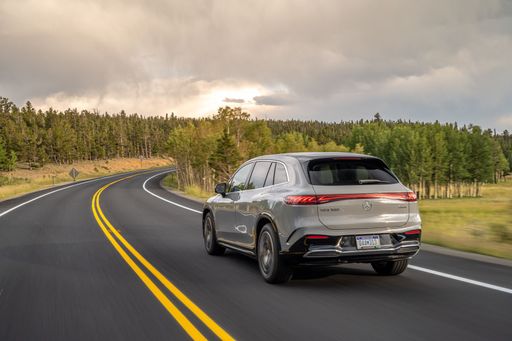 @ Mercedes-Benz Group Media
@ Mercedes-Benz Group Media
 @ Mercedes-Benz Group Media
@ Mercedes-Benz Group Media
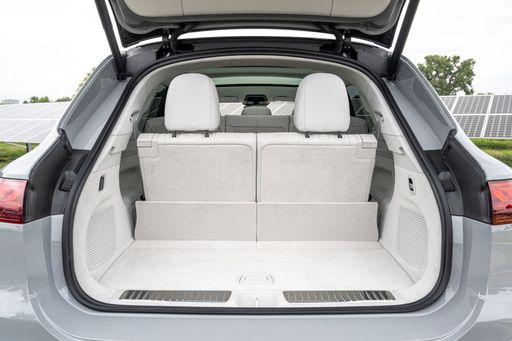 @ Mercedes-Benz Group Media
@ Mercedes-Benz Group Media
Tesla Model S
The Tesla Model S glides like a luxury sedan from the future, delivering instant shove and serene highway composure that make it feel equally at home on a rush-hour commute or a long-distance cruise. Inside, its minimalist cabin and gadget-forward interface turn every drive into a tech demo, making it as much a statement piece as a practical choice — and one that still manages to feel a little bit magical.
details @ Tesla, Inc.
@ Tesla, Inc.
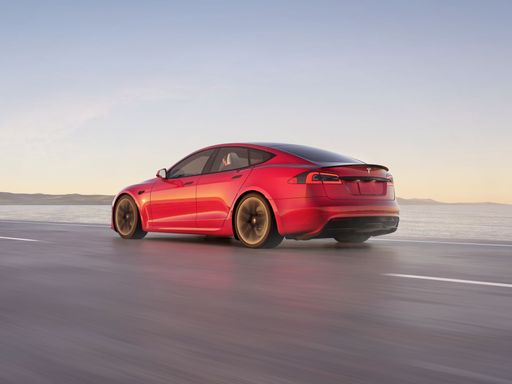 @ Tesla, Inc.
@ Tesla, Inc.
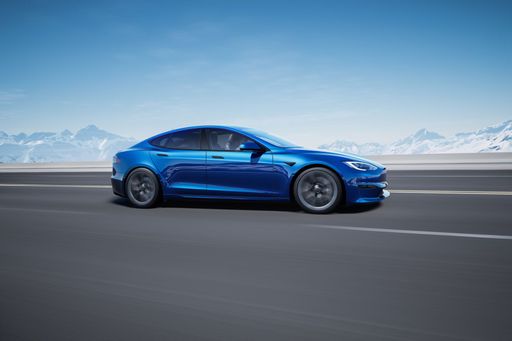 @ Tesla, Inc.
@ Tesla, Inc.
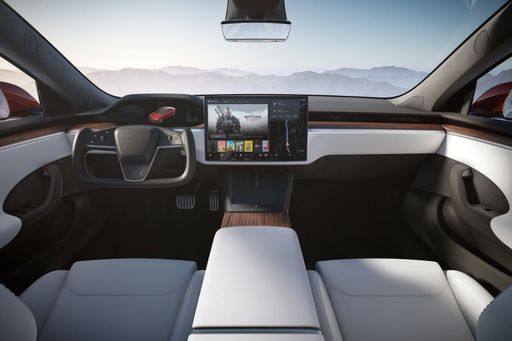 @ Tesla, Inc.
@ Tesla, Inc.
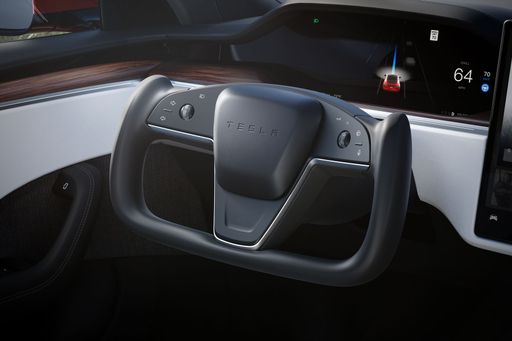 @ Tesla, Inc.
@ Tesla, Inc.
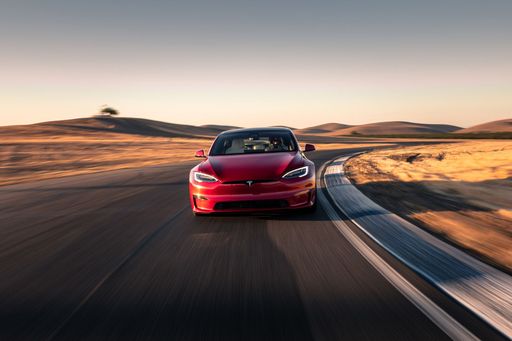 @ Tesla, Inc.
@ Tesla, Inc.
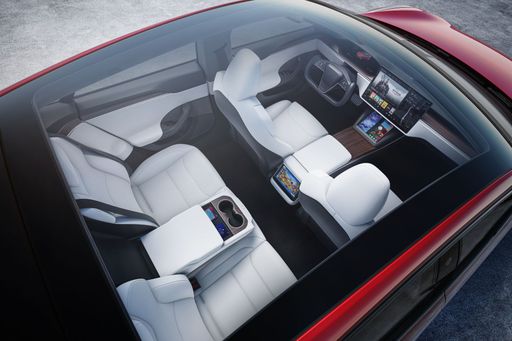 @ Tesla, Inc.
@ Tesla, Inc.
 @ Mercedes-Benz Group Media
@ Mercedes-Benz Group Media
|
 @ Tesla, Inc.
@ Tesla, Inc.
|
|
|
|
Costs and Consumption |
|
|---|---|
|
Price
95000 - 212100 £
|
Price
94300 - 102800 £
|
|
Consumption L/100km
-
|
Consumption L/100km
-
|
|
Consumption kWh/100km
19.6 - 21.9 kWh
|
Consumption kWh/100km
16.8 - 18 kWh
|
|
Electric Range
615 - 695 km
|
Electric Range
611 - 744 km
|
|
Battery Capacity
108.4 - 118 kWh
|
Battery Capacity
-
|
|
co2
0 g/km
|
co2
0 g/km
|
|
Fuel tank capacity
-
|
Fuel tank capacity
-
|
Dimensions and Body |
|
|---|---|
|
Body Type
SUV
|
Body Type
Hatchback
|
|
Seats
4 - 5
|
Seats
5
|
|
Doors
5
|
Doors
5
|
|
Curb weight
2695 - 3075 kg
|
Curb weight
2092 - 2197 kg
|
|
Trunk capacity
440 - 645 L
|
Trunk capacity
799 L
|
|
Length
5125 mm
|
Length
5021 mm
|
|
Width
1959 - 2034 mm
|
Width
1987 mm
|
|
Height
1718 - 1721 mm
|
Height
1431 mm
|
|
Max trunk capacity
2100 L
|
Max trunk capacity
1828 L
|
|
Payload
425 - 570 kg
|
Payload
432 - 442 kg
|
Engine and Performance |
|
|---|---|
|
Engine Type
Electric
|
Engine Type
Electric
|
|
Transmission
Automatic
|
Transmission
Automatic
|
|
Transmission Detail
Reduction Gearbox
|
Transmission Detail
Reduction Gearbox
|
|
Drive Type
All-Wheel Drive, Rear-Wheel Drive
|
Drive Type
All-Wheel Drive
|
|
Power HP
360 - 658 HP
|
Power HP
670 - 1020 HP
|
|
Acceleration 0-100km/h
4.4 - 6.8 s
|
Acceleration 0-100km/h
2.1 - 3.2 s
|
|
Max Speed
210 km/h
|
Max Speed
240 - 322 km/h
|
|
Torque
568 - 950 Nm
|
Torque
-
|
|
Number of Cylinders
-
|
Number of Cylinders
-
|
|
Power kW
265 - 484 kW
|
Power kW
493 - 750 kW
|
|
Engine capacity
-
|
Engine capacity
-
|
General |
|
|---|---|
|
Model Year
2024
|
Model Year
2025
|
|
CO2 Efficiency Class
A
|
CO2 Efficiency Class
A
|
|
Brand
Mercedes-Benz
|
Brand
Tesla
|
Is the Mercedes EQS SUV offered with different drivetrains?
The Mercedes EQS SUV is available as All-Wheel Drive or Rear-Wheel Drive.
The prices and data displayed are estimates based on German list prices and may vary by country. This information is not legally binding.
